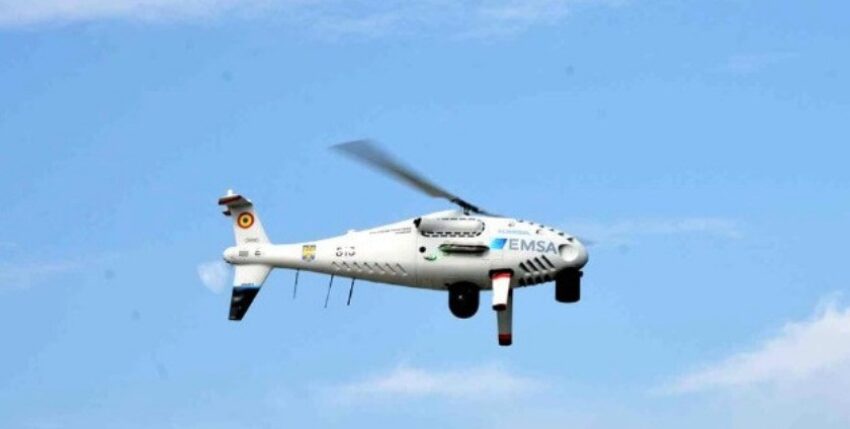Remote-controlled aircraft will be used to search for ships that do not comply with the sulphur limits in the region.
The project, carried out by the European Maritime Safety Agency (EMSA) together with the Federal Maritime and Hydrographic Agency, is a continuation of similar projects that EMSA has carried out in this area.
Over the next three months, a drone will measure the sulphur content in the exhaust plumes of ships travelling through the Baltic Sea. The "sniffer" will be able to recognise when the current limit values are exceeded. At the same time, image data will also be collected for hydrographic surveying.
The remote-controlled aircraft takes off from the Staberhuk military base on the east coast of Fehmarn and flies over selected ships passing through the Fehmarn Belt and the Kadet Channel to measure the sulphur content of their exhaust plumes. The data can be used to derive the sulphur content of the ship's fuel, which must not exceed a value of 0.10 per cent in the Baltic Sea Emission Control Area (SECA).
The measurement results are made available to the authorities in the European ports in real time via the Port State Control information system operated by EMSA. According to the EU Agency for Maritime Affairs, ships can be specifically selected for an inspection at their next port of call and fuel samples can be taken. If violations of the strict sulphur limits can be proven, those responsible face severe penalties.
EMSA offers the services of the Remotely Piloted Aircraft System (RPAS) free of charge to EU countries. They can be used anywhere along the coast of the European Union. Danish and French authorities carried out similar programmes with EMSA in 2020. Other deployments took place in Lithuania, in the Strait of Gibraltar and on the Elbe.
Source: Maritime Executive, BSH










